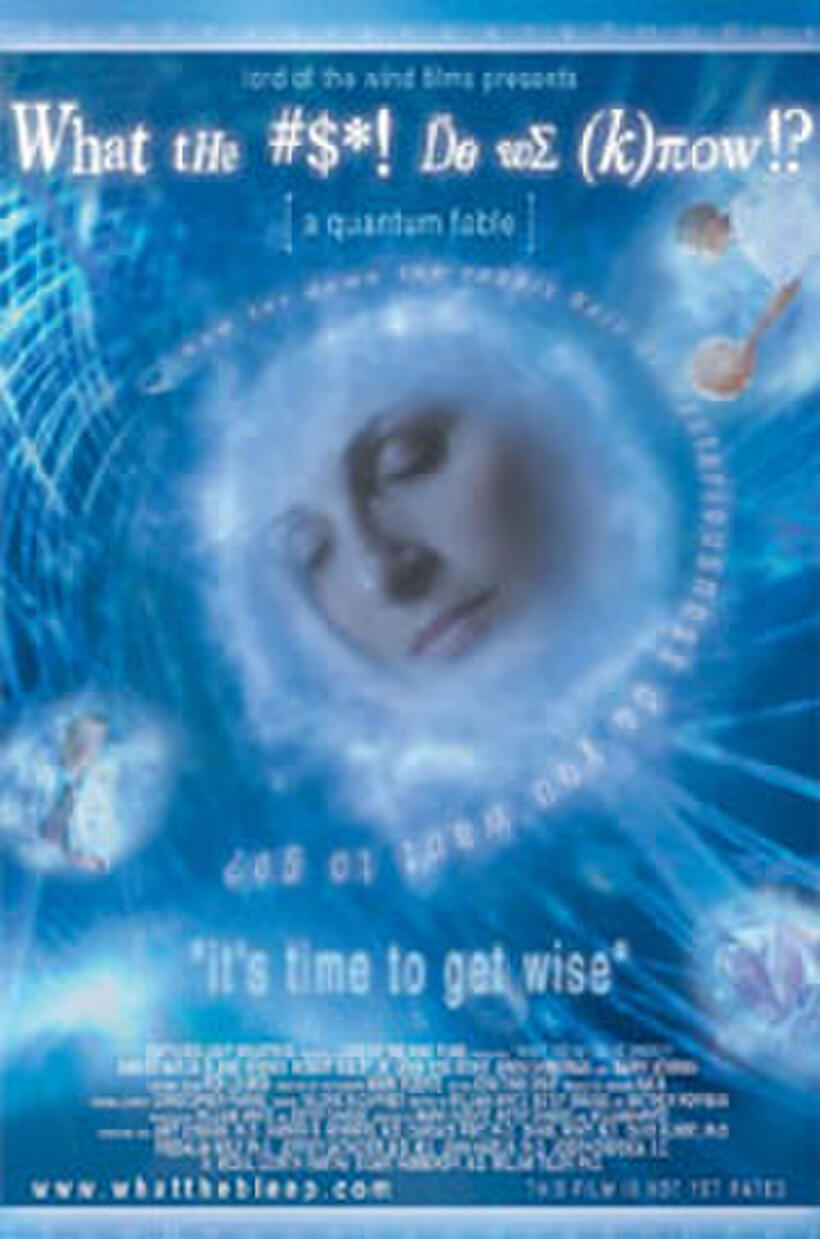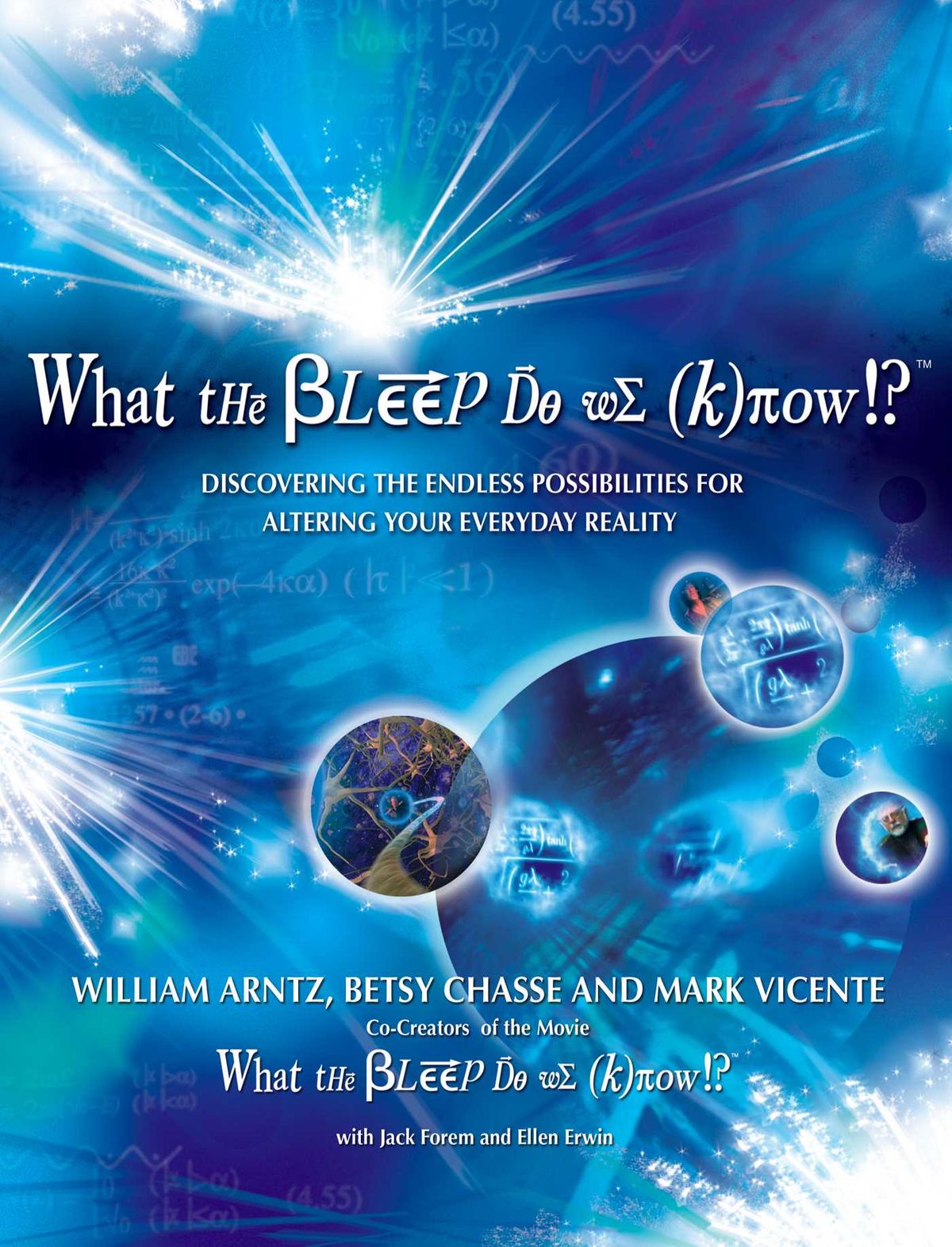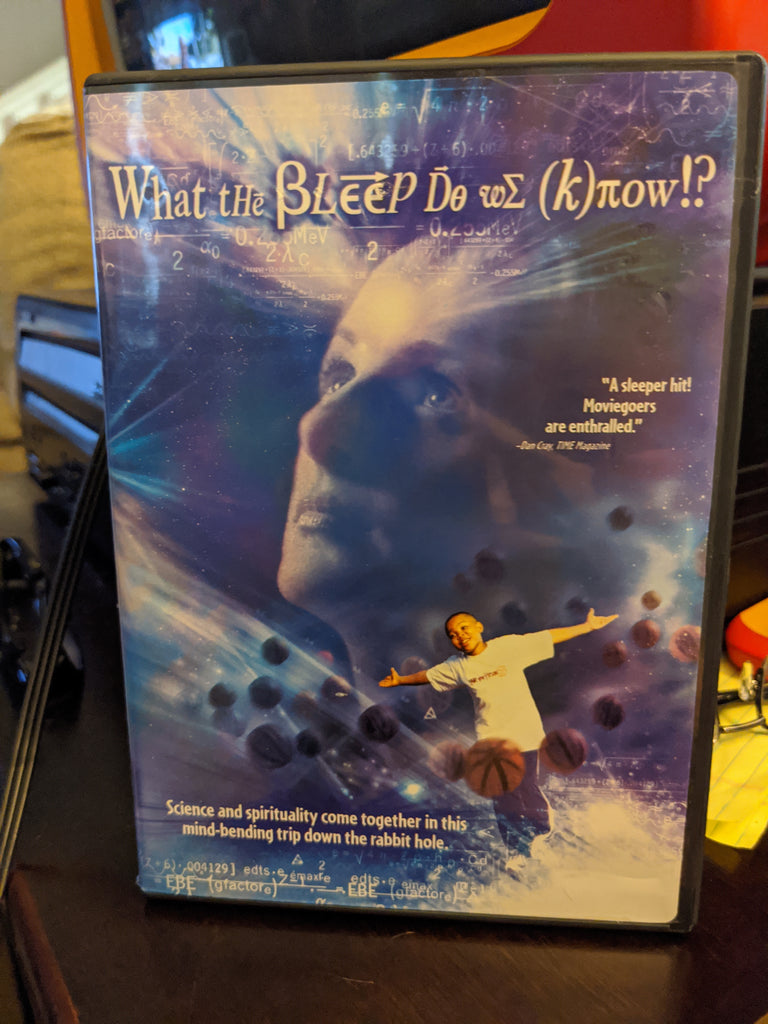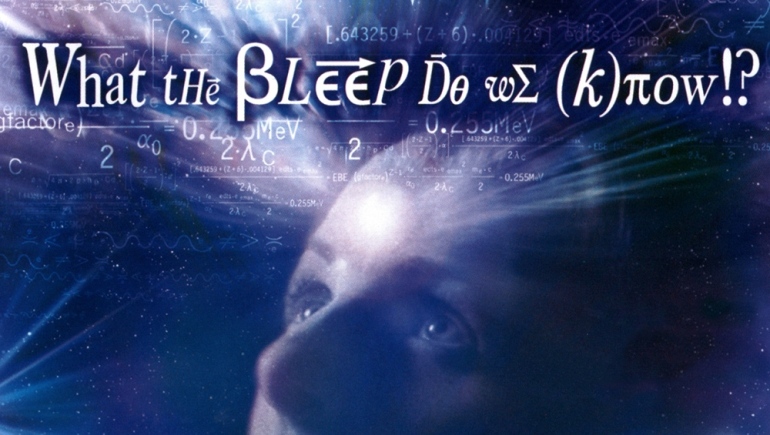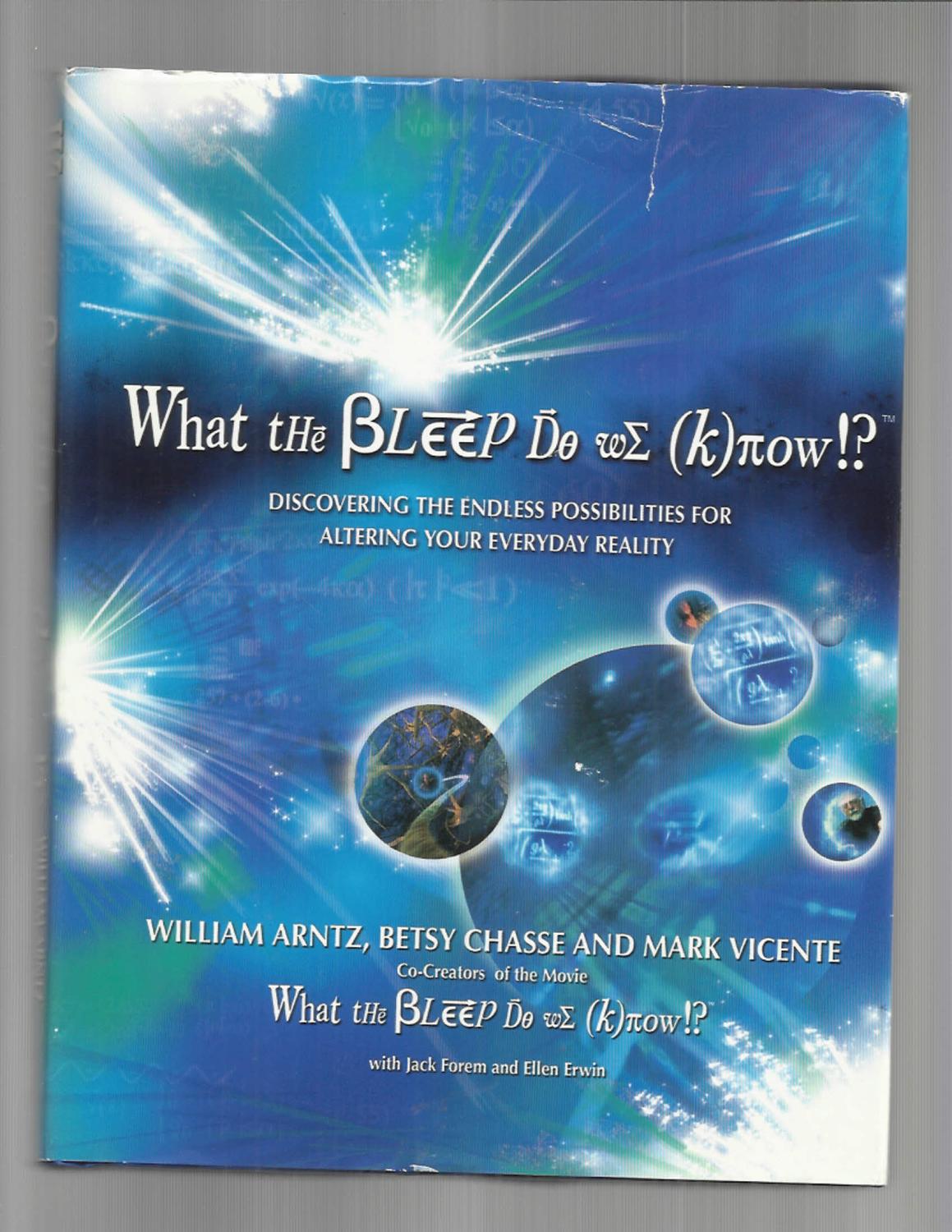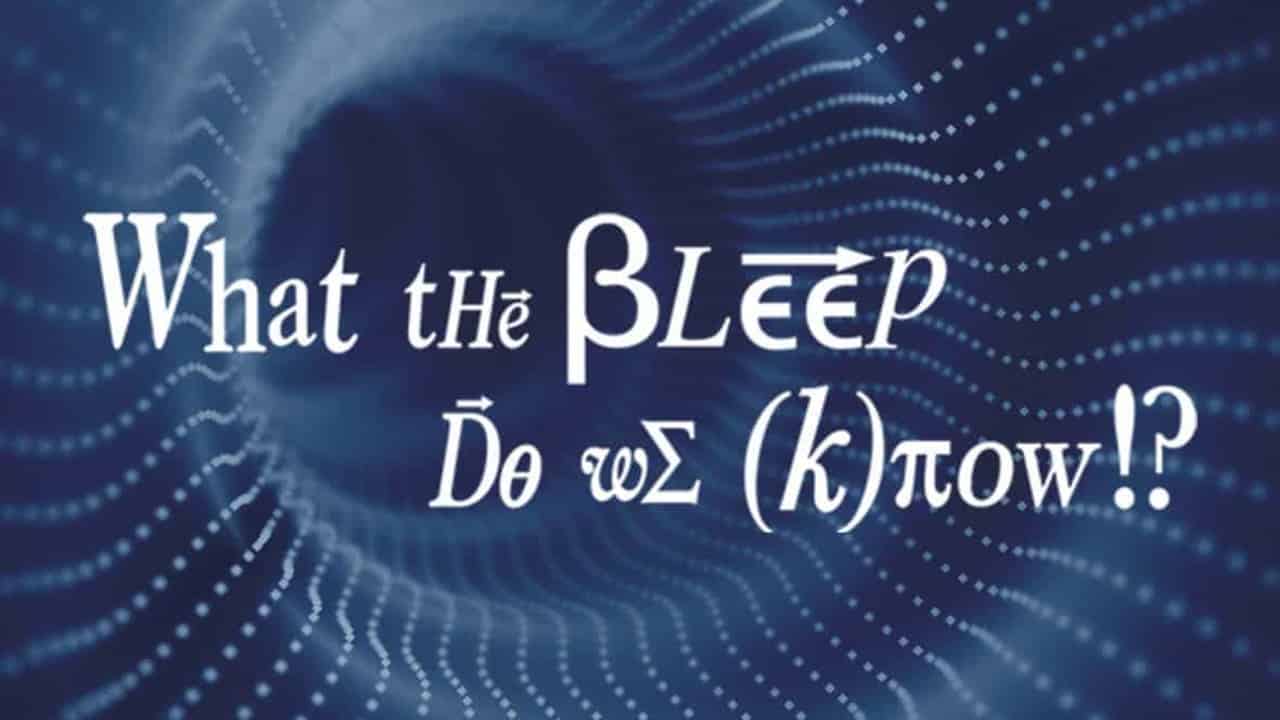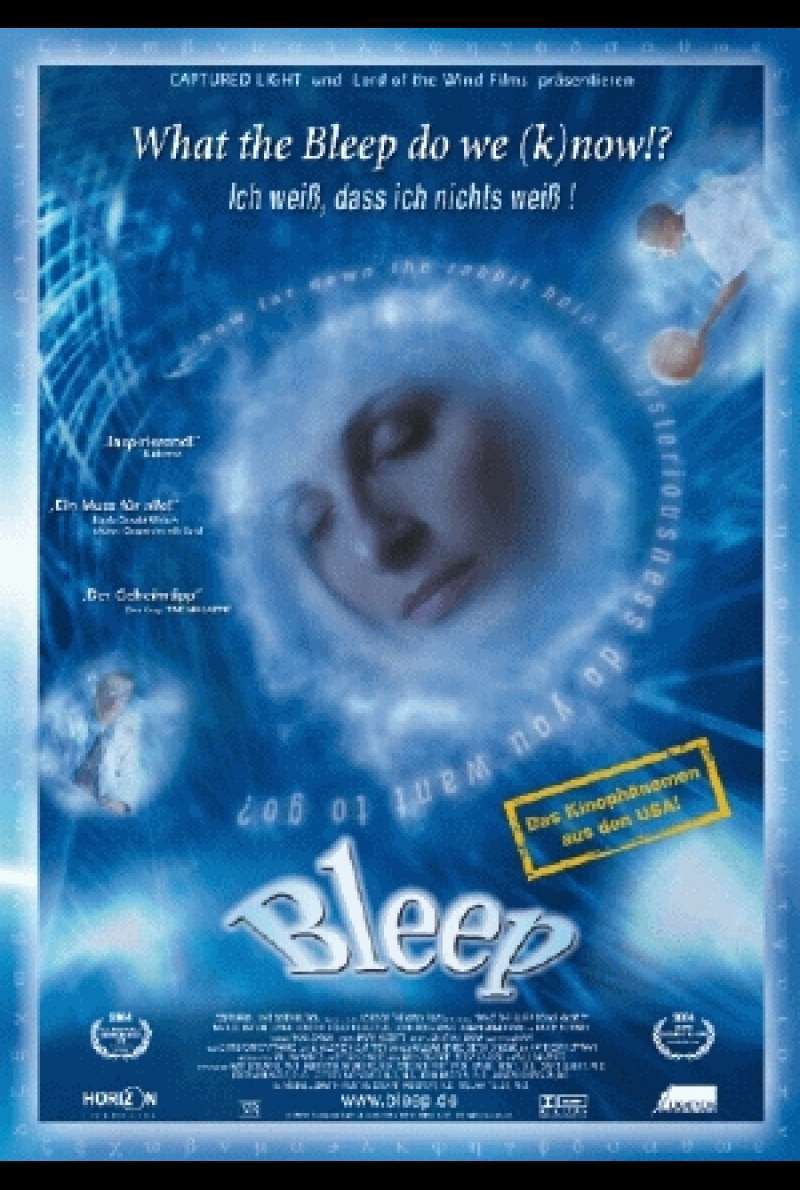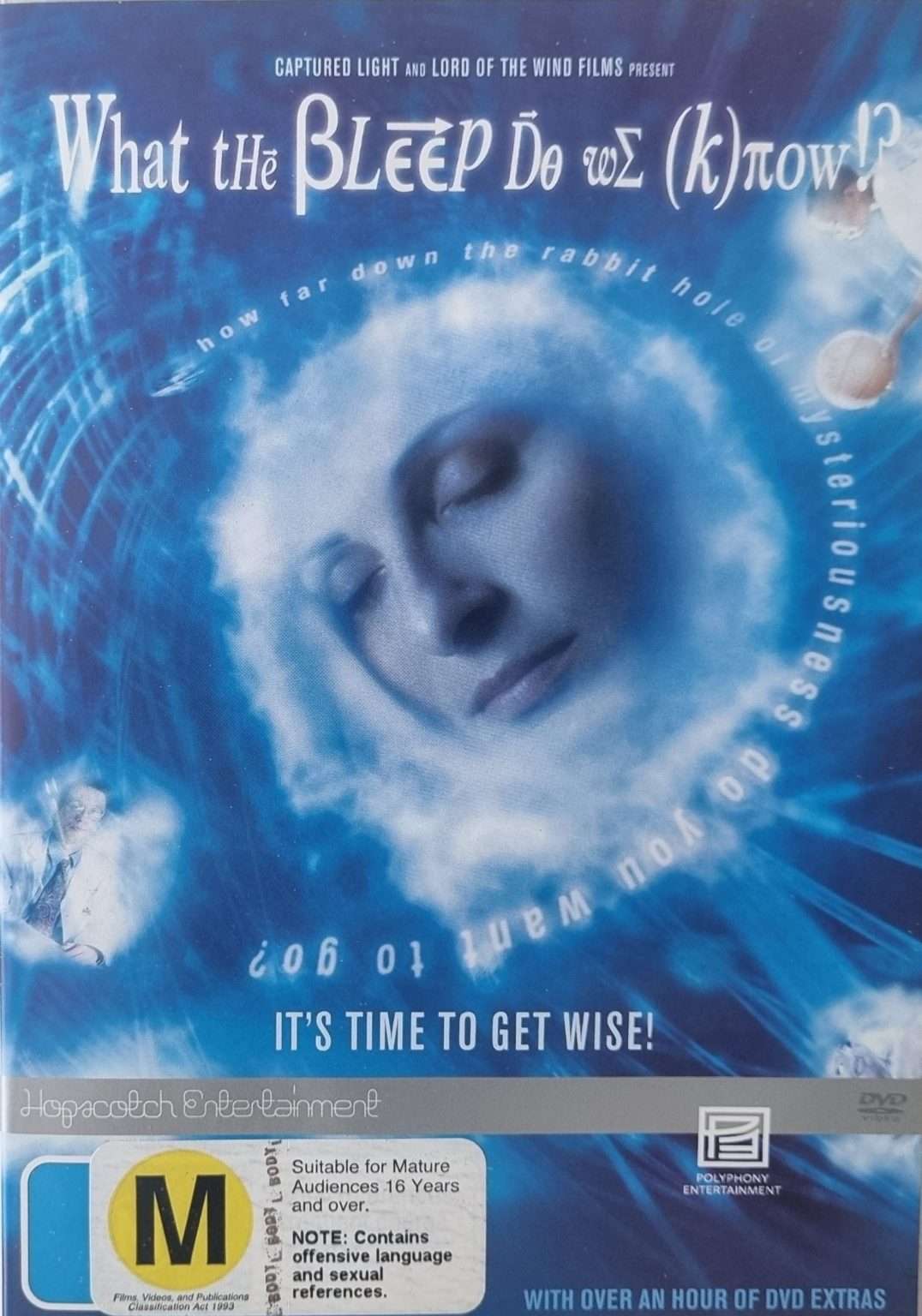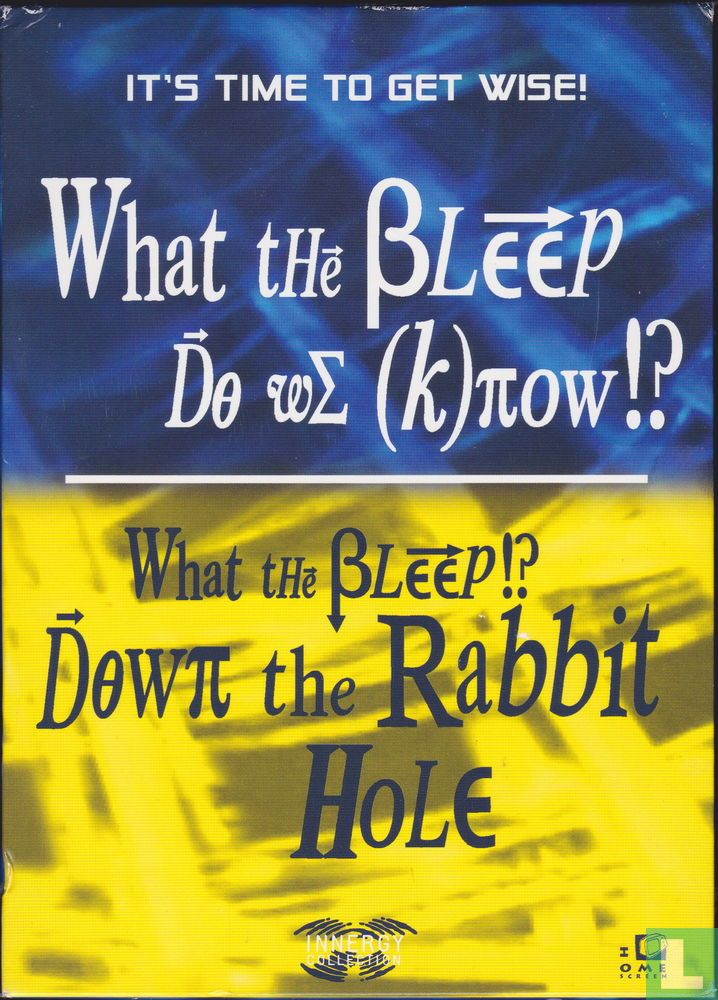What The Bleep Do We Know Online Subtitulada

The film What the Bleep Do We Know!?, released in 2004, sparked both intense curiosity and fierce debate upon its arrival. Marketed as a documentary exploring the intersection of quantum physics and consciousness, it quickly gained a significant following. However, the film's claims, particularly those relating to science, have been heavily scrutinized and often criticized by the scientific community.
At the heart of the controversy lies the film's blending of quantum mechanics with philosophical and spiritual concepts. It weaves a narrative suggesting that thoughts can directly influence reality. This proposition, while appealing to some, lacks the rigorous scientific support necessary to be considered factual, leading to accusations of pseudoscience and misrepresentation.
The Film's Central Claims: Science or Speculation?
The film uses interviews with scientists and spiritual teachers to present its core arguments. One of the central claims revolves around the observer effect in quantum mechanics. It suggests that consciousness plays a crucial role in collapsing the wave function, implying that our thoughts can directly shape the physical world.
While the observer effect is a real phenomenon in quantum mechanics, its interpretation and application in What the Bleep Do We Know!? are contested. Critics argue that the film oversimplifies and misinterprets the science. The film often conflates the observer effect with broader claims about the power of positive thinking and manifesting desires.
Expert Opinions and Criticisms
The scientific community has largely dismissed the film's claims as lacking empirical evidence. Physicists and other scientists have pointed out the misuse of quantum mechanical principles to support unsubstantiated ideas. Many have highlighted that the film presents a distorted view of scientific consensus, promoting a fringe perspective as if it were widely accepted.
Dr. Chad Orzel, a physicist and science blogger, has written extensively about the film's inaccuracies. He argues that it cherry-picks scientific concepts to support a predetermined spiritual agenda. Other critics have focused on the qualifications of some of the "experts" featured in the film, questioning their expertise in the fields they are discussing.
Lawrence Krauss, a renowned physicist and cosmologist, has also been vocal in his criticism. He has described the film as a "pseudoscientific garbage". He believes that it exploits the public's fascination with science to promote unfounded beliefs.
The Appeal and Impact of What the Bleep Do We Know!?
Despite the criticisms, What the Bleep Do We Know!? resonated with a large audience. Its accessible presentation of complex ideas, combined with a hopeful message about personal empowerment, proved to be highly attractive. The film sparked widespread discussions about consciousness, reality, and the potential of the human mind.
The film's popularity led to the creation of sequels, books, and workshops. These resources further explored the themes presented in the original film. They continued to promote the idea that individuals can consciously influence their lives and the world around them.
The success of What the Bleep Do We Know!? highlights the public's interest in exploring the boundaries of science and spirituality. It also underscores the importance of critical thinking and media literacy. Audiences should be equipped to distinguish between legitimate scientific findings and speculative interpretations.
The Subtitled Version and Global Reach
The subtitled version of What the Bleep Do We Know!? expanded its reach to a global audience. This enabled the film's message, however scientifically questionable, to connect with individuals across different cultures and languages. The availability of subtitles allowed for broader dissemination of the film's ideas.
The film's accessibility through various online platforms further amplified its impact. This made it easier for individuals to discover and share the film. Ultimately fostering further discussion and debate about its content.
The global accessibility also raised concerns about the potential for misinformation to spread across borders. Especially if viewers did not possess the necessary scientific background to critically evaluate the film's claims.
Moving Forward: Critical Engagement and Scientific Literacy
The legacy of What the Bleep Do We Know!? serves as a reminder of the importance of critical engagement with information. It highlights the need for robust scientific literacy among the general public. This is to ensure individuals can discern fact from speculation.
Promoting evidence-based reasoning and fostering a healthy skepticism towards extraordinary claims are crucial. Encouraging the public to consult reputable sources and seek out diverse perspectives is essential. This will ensure informed decision-making and a more nuanced understanding of complex scientific topics.
Ultimately, the film's lasting impact lies in its ability to stimulate conversation. Even though much of that conversation centers around its controversial scientific claims. It has prompted individuals to contemplate the nature of reality and the power of consciousness. However, the film should be viewed with a critical eye.

